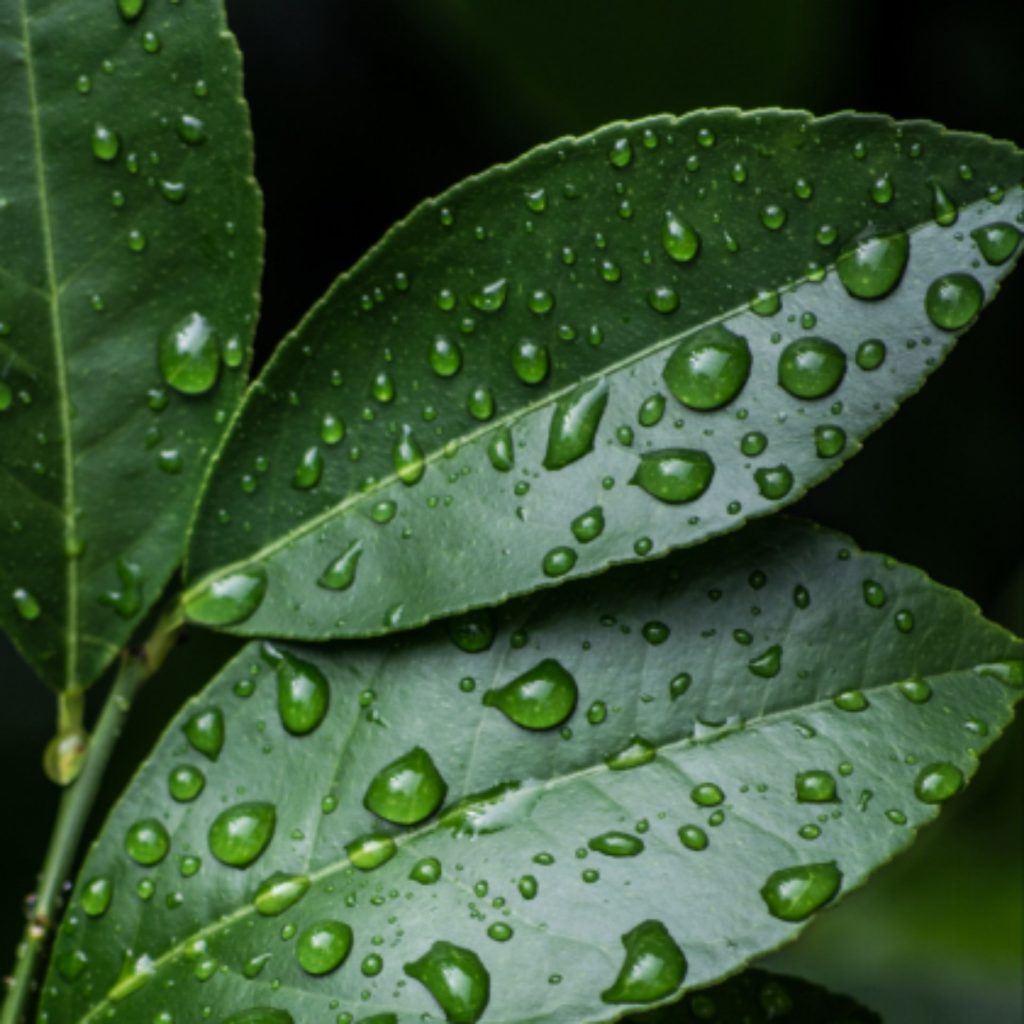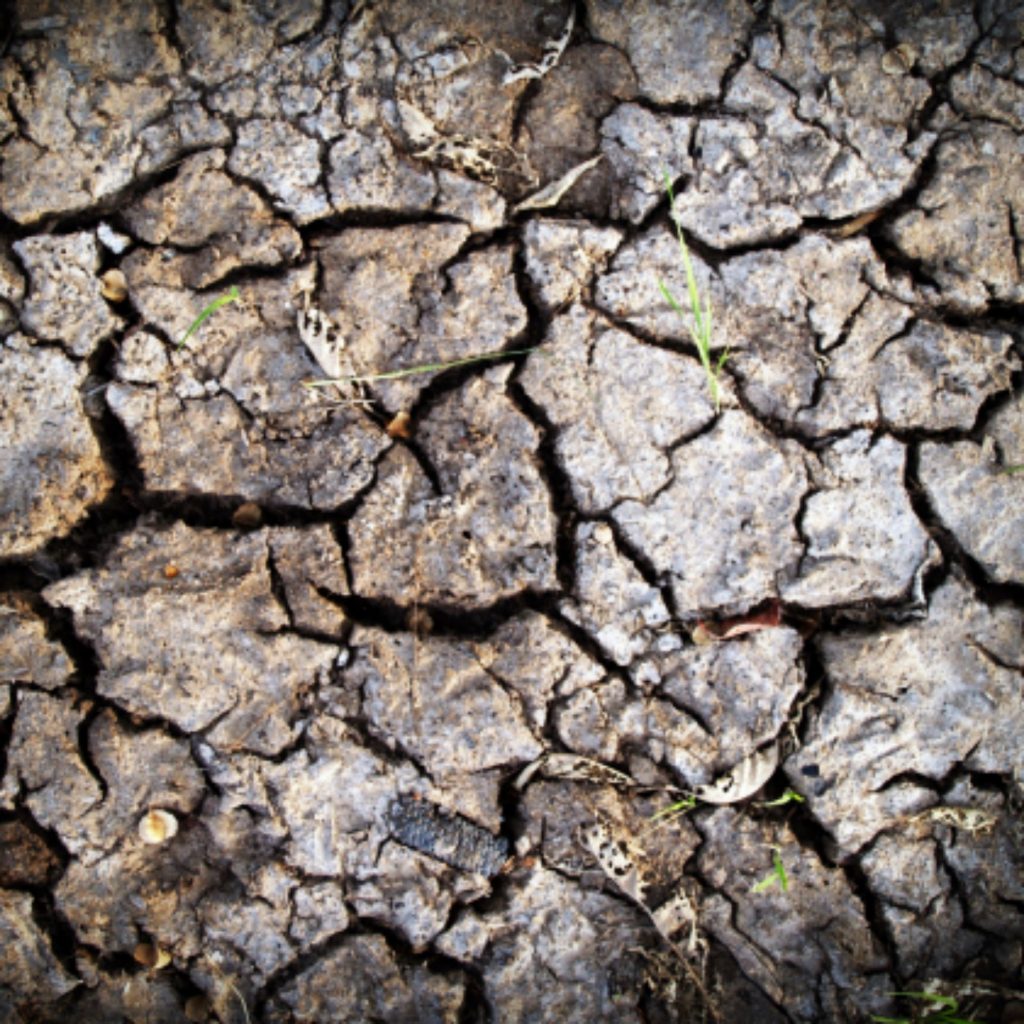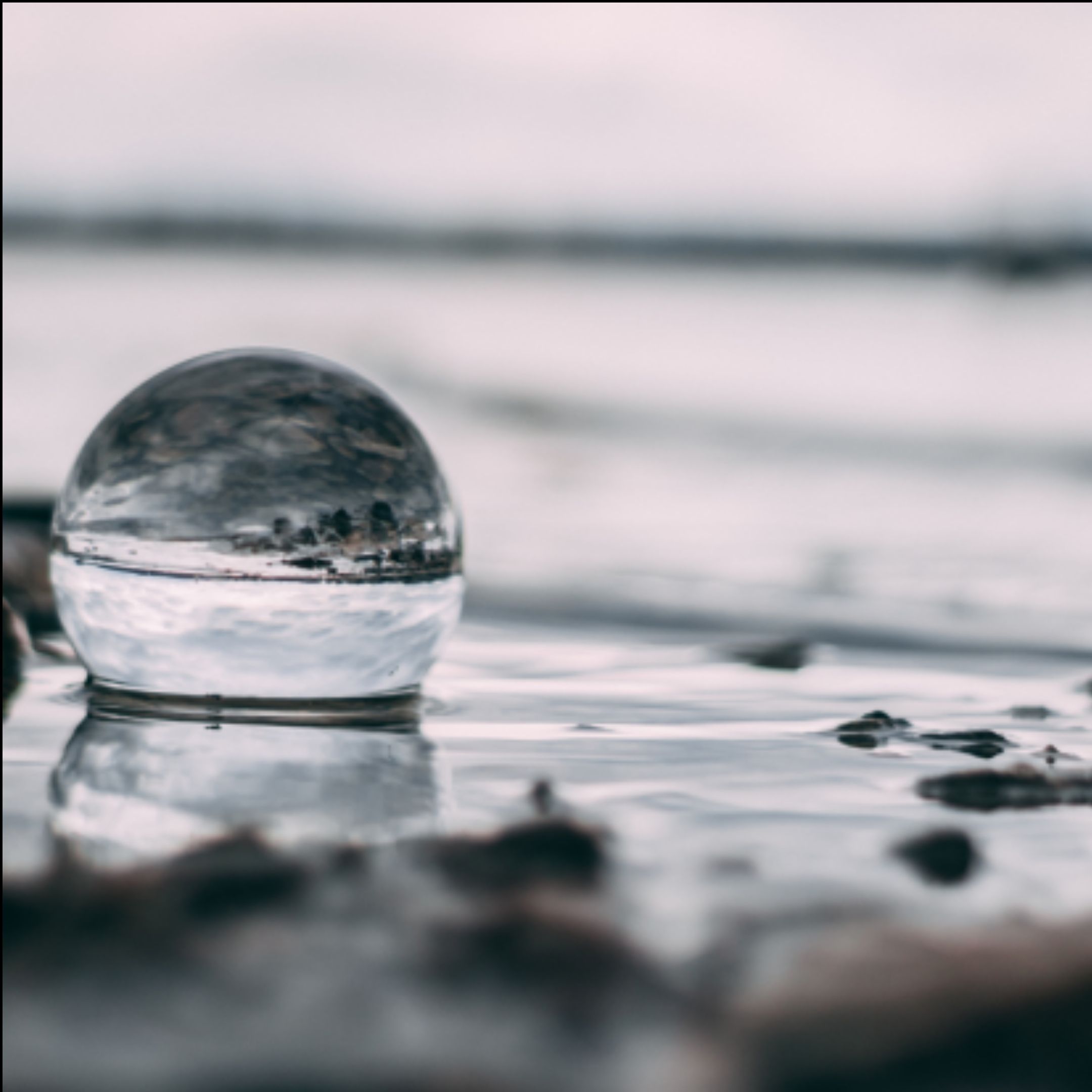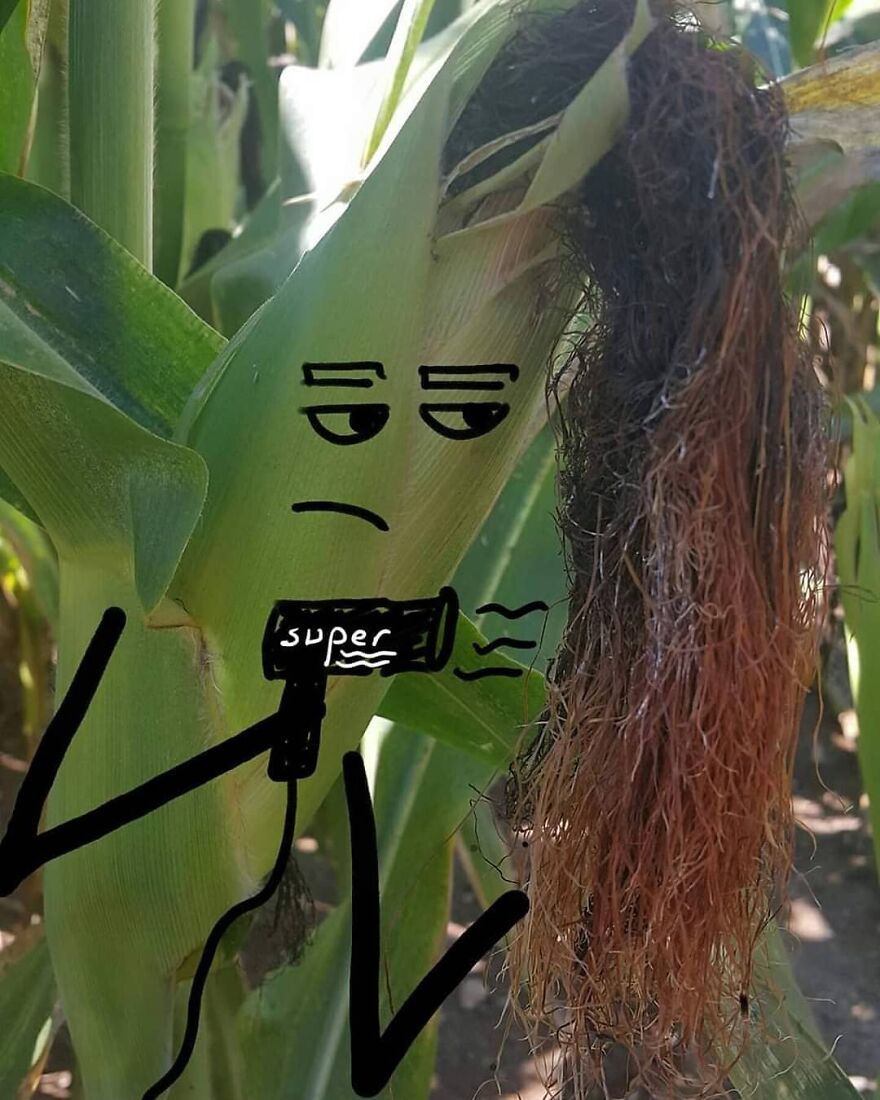Complex, Dynamic Soil Water
Soil is a valuable resource for plant survival, and water is an essential component of this system. By understanding some of the physical properties of the soil, one can better define the strengths and weaknesses of different soil types.
Soil moisture limits food production potential in semi-arid regions. The estimated water use efficiency for irrigation and dryland crop production systems is 50%, which significantly influences the year-round management decisions made by existing soil water producers. Soil moisture available for plant growth is about 0.01% of the world’s stored water. One can make better soil management decisions by having little understanding of the physical properties of the soil and its relationship with soil moisture.

The humidity zone, which is often dependent on climatic factors, is one of the main factors determining the productivity of terrestrial ecosystems, including agricultural systems. The flow of water and dissolved solids in the water along the soil profile affects the quality and volume of water in local and local water sources. Two primary factors explain why soil water is different from the drinking water we drink in our daily lives. That is,
01. Due to the presence of soil water in the soil pores, it cannot flow as freely as drinking water in a glass as the attraction between water and soil particles is solid.
02. Soil water is a solution consisting of many soluble organic and inorganic liquids that are not in pure water, so it is more appropriate to call it a soil solution. The primary function of the soil solution is to act as a dilute nutrient solution that is constantly renewed, supplying essential nutrients (calcium, potassium, nitrogen, and phosphorus) dissolved in the solution to the plant roots.

When the soil moisture is at an optimal level for plant growth, large and medium-sized larvae stay in the water, allowing the water to circulate easily and be absorbed by the plants. But the roots of the plant initially drink only the water that remains in the large holes. Before long, large airfoils are left with only air. The remaining water remains in small and medium-sized larvae.
Water in medium-sized larvae can be drawn into the plant roots and absorbed through them. But the water in the purest particles is so close to the solid particles that it is not easy to draw them to the plant roots. Therefore, the total amount of soil water available in the soil cannot be used for plant consumption. Depending on the nature of the earth, the amount of water remaining after the plant withers or dies due to lack of water can make up 1/6 to half of the total volume of water.
Soil Solution

Soil solution contains small amounts of water and soluble organic and inorganic solvents. The nutrient element released into the soil solution by the soil solids, especially the organic and inorganic compost (clay and hummus), is absorbed by the plant roots. Soil solution is resistant to changes in composition even when compounds are added to the soil and mixtures are removed from the earth.
This resistance to change is called soil self-defense. It depends on several chemical and biological reactions, including the attraction between the particle particles and the release of the substance by them. Chemical and biological reactions are largely controlled by the predominance of H + molecules in the soil solution or the alkalinity caused by the predominance of OH molecules. A pH is a method of measuring the acidity or alkalinity of soil using logarithms. The pH is considered a variable that affects most chemical processes on the earth.
I think you know about soil water.
Go And Check My Other Article Also










